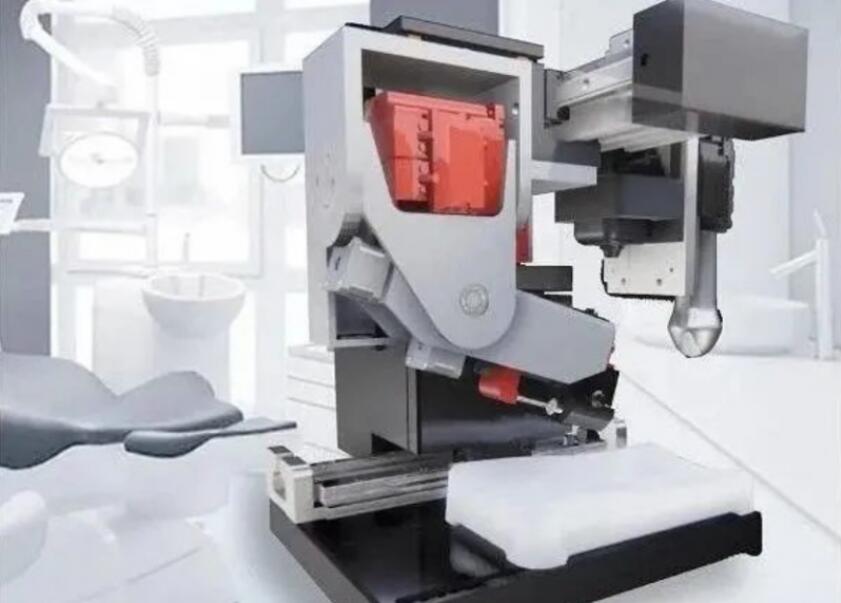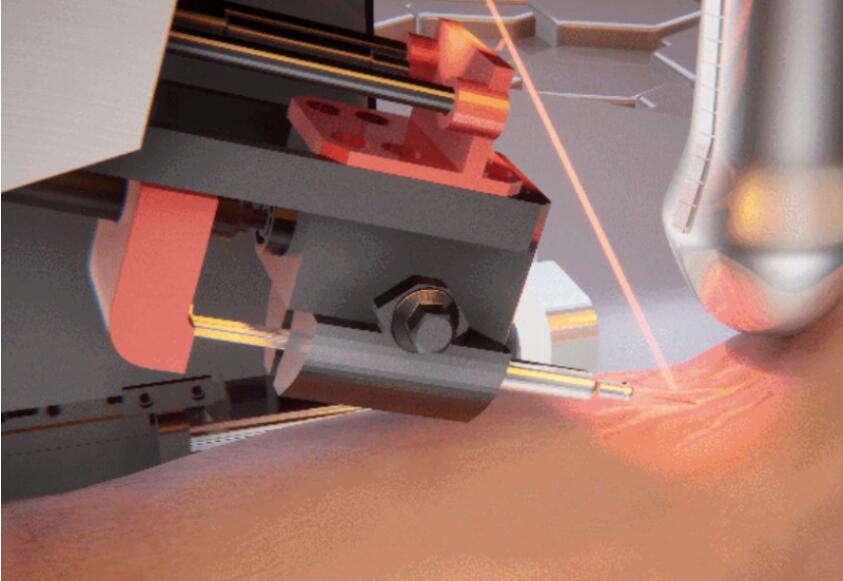Currently, medical robots have become a hot spot in the field of robotics at home and abroad.
Medical robots refer to human health-related robots used in medical treatment, health care, helping the elderly and the disabled. It compiles an operation plan based on humans, determines the action program according to the actual situation, and completes the movement required for the medical care process related to human health.
Medical robotics technology is a new interdisciplinary research field integrating medicine, biomechanics, mechanics, mechanical mechanics, materials science, computer graphics, computer vision, mathematical analysis, robotics, artificial intelligence and many other disciplines.
The epidemic has become the touchstone of medical robots. During the epidemic, an endless stream of medical robots added more technological elements to the fight against the epidemic. Practical medical robots are attracting attention and the market is improving.
Recently, the scientific research team of Tongji University designed and developed an automatic needle blood collection robot in response to clinical needs in the epidemic, which has attracted widespread attention in various fields.

Compared with manual blood collection, first of all, the automatic blood collection robot can accurately identify the near-infrared camera of the subcutaneous vein, so that the robot can see the "binoculars" more clearly, and quickly locate the appropriate needle point through the machine learning algorithm to improve the efficiency of venipuncture. The needle blood collection process is "faster".
Secondly, the automatic blood sampling robot effectively recognizes the ultrasound probe of the vein depth, making the robot more precise. Generally, when judging the position of the veins, medical staff "predict" through visual inspection and feel. Combining near-infrared and ultrasound imaging, the robot can transform the direction and depth of blood vessels into precise “coordinates”.
Finally, the small, dexterous robot system realizes automatic needle insertion and blood collection, and standardized operations make needle insertion "more stable." The venipuncture robot can control the positioning error of the puncture needle within 0.2mm through its own precise mechanical system. On the basis of accurate imaging of blood vessels, the robot can accurately and stably send the tip of the puncture needle to the center of the blood vessel cavity.
The practical and specific application scenarios of robots are inevitable in the future of artificial intelligence. Of course, the application of robots with the consent of patients may also require more interactive research. When the robot is dared to give injections, it is the time when the blood collection robot matures. .


 Online service
Online service 4000988557
4000988557 sales1@troysupply.com
sales1@troysupply.com sales2@troysupply.com
sales2@troysupply.com Richard Liu
Richard Liu TROY
TROY 8936906
8936906 Troysupply_com
Troysupply_com